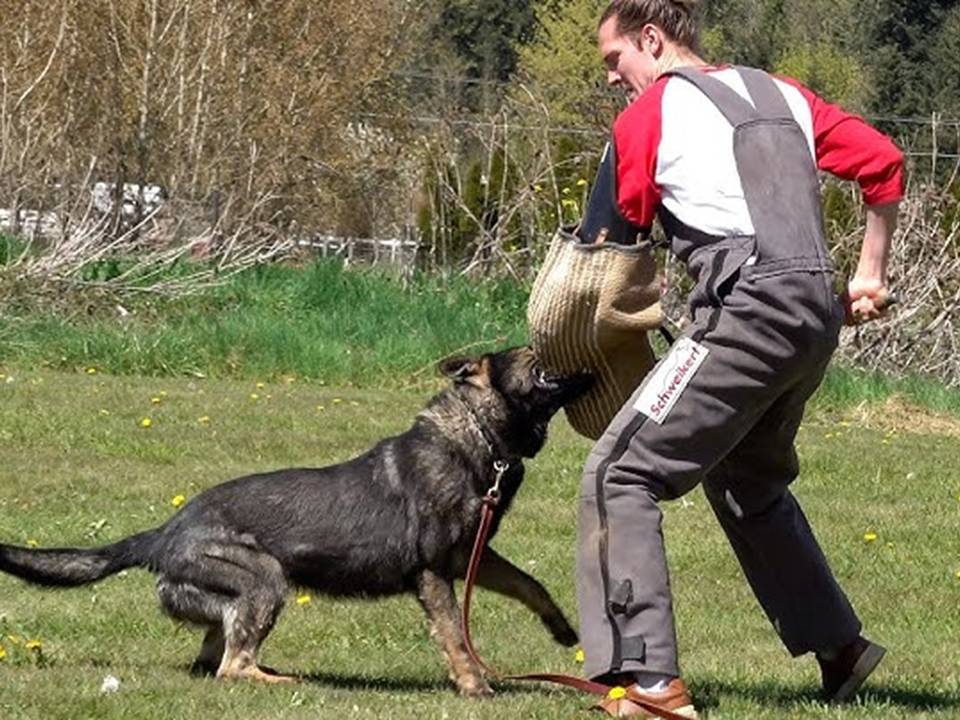German Shepherd: A Powerful Protector
The German shepherd is one of the most popular and recognizable dog breeds in the world. Known for its intelligence, loyalty, and strength, this breed often works in police and military roles. Its rich history and purposeful breeding have shaped it into a versatile, hardworking, and devoted companion.
Origins in Germany
The German shepherd originated in Germany in the late 19th century. During this time, European countries aimed to standardize dog breeds for specific roles, especially herding and working. Before the breed’s formalization, German farmers and shepherds used various herding dogs. These dogs were bred for their working ability, not their appearance. Their traits varied depending on the terrain and livestock they managed.

The Role of Max von Stephanitz
Captain Max von Stephanitz, a former cavalry officer, played a key role in developing the German shepherd. In the 1890s, he aimed to create the perfect working dog. He wanted a breed that combined utility, intelligence, and loyalty. These traits were essential for herding, guarding, and later, law enforcement and military work.
In 1899, von Stephanitz attended a dog show and saw a dog named Hektor Linksrhein. Impressed by the dog’s strength, agility, and temperament, he bought it immediately. He renamed the dog Horand von Grafrath, making it the first registered German Shepherd. Horand’s traits set the standard for the breed.
Von Stephanitz founded the Verein für Deutsche Schäferhunde (Society for the German Shepherd Dog). He carefully selected breeding stock, focusing on dogs with strong herding skills, work ethic, and obedience. His efforts refined the breed, ensuring it remained an effective working dog.
Expanding the Breed’s Role
By the early 20th century, the German Shepherd had gained a reputation as a versatile working dog. While its herding roots were important, von Stephanitz saw that industrialization would reduce the need for herding dogs. He expanded the breed’s role, promoting it for police, military, and search-and-rescue work.
World War I and Global Recognition
World War I solidified the German shepherd’s reputation as a powerful protector. Both German and Allied forces used the breed for tasks like delivering messages, locating wounded soldiers, and acting as sentries. Their intelligence, strength, and ability to follow complex commands made them invaluable on the battlefield.
Soldiers from other nations, including the United States and the United Kingdom, encountered German Shepherds during the war. Impressed by their abilities, they brought the breed back to their home countries. This led to a surge in the breed’s popularity worldwide.
In Britain, anti-German sentiment after the war caused the breed’s name to change to “Alsatian Wolf Dog.” The name aimed to distance the breed from its German origins. Later, in 1977, the UK Kennel Club reinstated the original name, German shepherd.
The German shepherd in Modern Times
Today, the German shepherd remains a prominent breed due to its versatility. Its strength, agility, and intelligence allow it to excel in various roles. The breed is best known for its work in law enforcement and military operations. German Shepherds track criminals, detect explosives, and perform search-and-rescue missions.
Beyond working roles, German Shepherds serve as guide dogs for the visually impaired and therapy dogs for people with disabilities. Their keen sense of smell and unwavering loyalty make them perfect for these tasks.
German Shepherds are also beloved family pets. They are fiercely loyal, gentle with children, and protective of their homes. However, their intelligence and need for stimulation make them best suited for active families.
Characteristics That Define a Protector
Several key traits make the German shepherd a powerful protector:
Intelligence: German Shepherds rank among the most intelligent dog breeds. They learn complex tasks and commands quickly, making them ideal for roles requiring problem-solving skills.
Physical Strength: The breed is medium to large-sized, with males weighing 65 to 90 pounds and females weighing 50 to 70 pounds. Their strong, muscular bodies allow them to perform physically demanding tasks with ease.
Loyalty: German Shepherds form deep bonds with their owners. Their protective instincts make them reliable guardians in both domestic and professional settings.
Conclusion
The German shepherd’s journey from a herding dog in rural Germany to a globally respected working breed highlights its versatility, intelligence, and loyalty. Max von Stephanitz’s careful breeding created a powerful, all-purpose working dog. Whether on the battlefield, in rescue missions, or at home, the German shepherd continues to embody the qualities von Stephanitz sought over a century ago.


